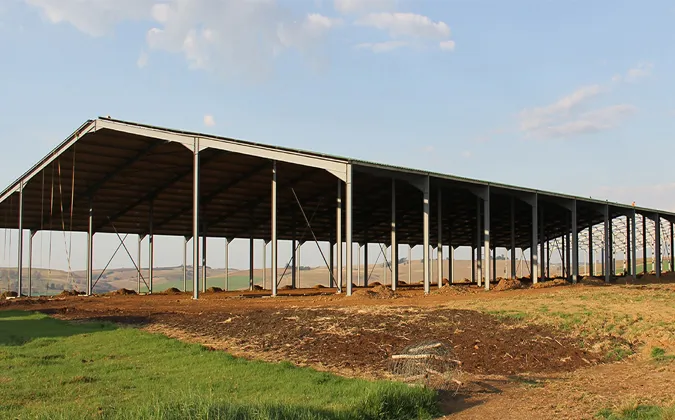- Afrikaans
- Albanian
- Amharic
- Arabic
- Armenian
- Azerbaijani
- Basque
- Belarusian
- Bengali
- Bosnian
- Bulgarian
- Catalan
- Cebuano
- Corsican
- Croatian
- Czech
- Danish
- Dutch
- English
- Esperanto
- Estonian
- Finnish
- French
- Frisian
- Galician
- Georgian
- German
- Greek
- Gujarati
- Haitian Creole
- hausa
- hawaiian
- Hebrew
- Hindi
- Miao
- Hungarian
- Icelandic
- igbo
- Indonesian
- irish
- Italian
- Japanese
- Javanese
- Kannada
- kazakh
- Khmer
- Rwandese
- Korean
- Kurdish
- Kyrgyz
- Lao
- Latin
- Latvian
- Lithuanian
- Luxembourgish
- Macedonian
- Malgashi
- Malay
- Malayalam
- Maltese
- Maori
- Marathi
- Mongolian
- Myanmar
- Nepali
- Norwegian
- Norwegian
- Occitan
- Pashto
- Persian
- Polish
- Portuguese
- Punjabi
- Romanian
- Russian
- Samoan
- Scottish Gaelic
- Serbian
- Sesotho
- Shona
- Sindhi
- Sinhala
- Slovak
- Slovenian
- Somali
- Spanish
- Sundanese
- Swahili
- Swedish
- Tagalog
- Tajik
- Tamil
- Tatar
- Telugu
- Thai
- Turkish
- Turkmen
- Ukrainian
- Urdu
- Uighur
- Uzbek
- Vietnamese
- Welsh
- Bantu
- Yiddish
- Yoruba
- Zulu
Nov . 02, 2024 19:50 Back to list
Understanding the Costs Associated with Steel Warehousing
In the manufacturing and construction industries, steel plays a crucial role due to its strength, versatility, and durability. However, managing steel inventory comes with its own set of challenges and associated costs. Among these, warehousing costs are significant and can impact overall operational efficiency. This article delves into the various factors that contribute to steel warehouse costs and how businesses can manage them effectively.
1. Storage Space and Facility Costs
The foremost component of steel warehousing costs is the expenditure related to storage space. Steel products can be large and heavy, requiring substantial floor space within a warehouse. Rent or mortgage payments for this space can be considerable, especially in urban areas where real estate prices are high. Additionally, facilities must be equipped with the right infrastructure, including shelving systems, forklifts, and other handling equipment to accommodate steel products safely and efficiently.
2. Inventory Management Costs
Effective inventory management is critical for minimizing steel warehousing costs. Keeping track of stock levels, managing reorders, and ensuring accurate records involves both labor and technology expenses. Implementing sophisticated inventory management systems can reduce errors and optimize the storage process, but the initial investment can be significant. Moreover, if materials are not monitored efficiently, businesses may face excess inventory holding costs or stockouts, both of which negatively affect the bottom line.
3. Labor Costs
steel warehouse cost

Labor is another substantial component of warehouse costs. Skilled workers are needed to handle heavy steel products, perform quality checks, and maintain safety standards. Training staff to be proficient in operating heavy machinery is essential but can incur additional costs. Moreover, businesses may need to invest in safety equipment and protocols to protect workers and comply with regulations, further adding to labor costs.
4. Insurance and Liability
With the inherent risks associated with handling heavy materials like steel, businesses must also consider insurance costs. Warehousing steel involves potential hazards such as accidents during loading and unloading, which can lead to injuries. Therefore, comprehensive insurance coverage is essential, but it can increase overall costs. Evaluating different insurance policies and providers can help companies find reasonable coverage while protecting their assets and employees.
5. Maintenance and Operational Costs
Maintaining a warehouse involves ongoing operational costs such as utilities, repairs, and routine maintenance of equipment. For steel warehouses, these costs can be higher due to the nature of the inventory being stored. Regular inspections and maintenance of both the facility and handling equipment are necessary to ensure safety and efficiency in operations.
Conclusion
In summary, the costs associated with steel warehousing encompass a multitude of factors, including storage space, inventory management, labor, insurance, and ongoing maintenance. Understanding these costs is vital for businesses in the steel industry to streamline operations, enhance profitability, and remain competitive. By employing effective inventory strategies, automating processes, and investing wisely in facilities and training, companies can manage their steel warehouse costs more effectively, ultimately leading to increased operational efficiency and financial success.
-
How Do Prefabricated Steel Structures Transform Modern Construction?
NewsJul.14,2025
-
How Do Prefabricated Metal Buildings Redefine Modern Construction?
NewsJul.14,2025
-
How Do Prefab Insulated Metal Buildings and Steel Structures Revolutionize Modern Construction?
NewsJul.14,2025
-
How Do Pre - Engineered Steel Structures Redefine Modern Construction?
NewsJul.14,2025
-
Advancing Modular Construction with Prefabricated Metal Structures
NewsJul.14,2025
-
Advancing Industrial Infrastructure with Prefabricated Steel Solutions
NewsJul.14,2025
Products categories
Our Latest News
We have a professional design team and an excellent production and construction team.












